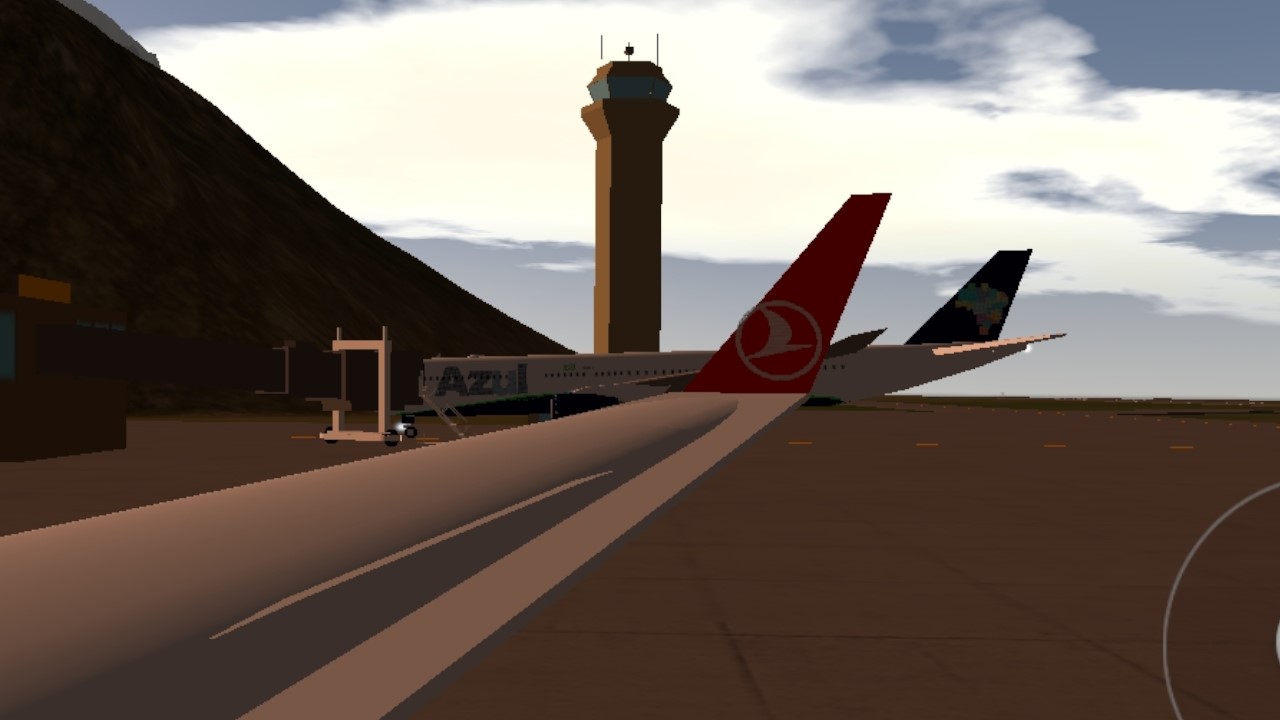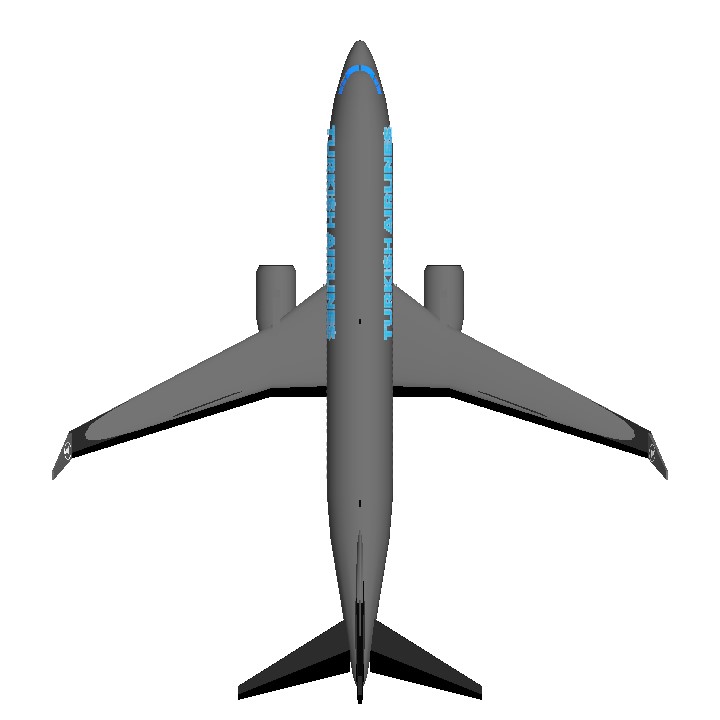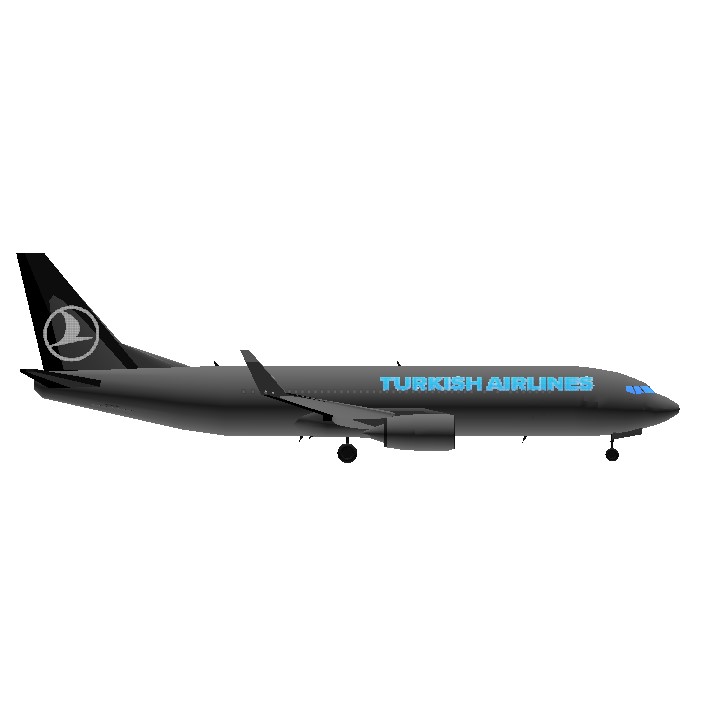(On the cover of the A330-900neo Azul, by @Xproaerospaceaircraft)
The B737-800 aircraft, flying in the sky since 1997, has a height of 12.5 meters with a length of 39.5 meters, a maximum flight range of 5436 km and a maximum speed of 938 km/s. The B737-800 aircraft can carry up to 162 passengers when placed in two cabins and 189 passengers when placed in one cabin.
Boeing 737-800
The next generation of the Boeing 737 family, the narrow-body B737-800, is the world's leading aircraft in the Turkish Airlines fleet. The Boeing 737-800 model features incredible interior space, an aesthetic appearance combined with in-flight entertainment systems and comfortable seats that provide passengers with the privileges of flying Turkish Airlines.
Flight 1951:
The aircraft, a Turkish Airlines Boeing 737-800, crashed into a field about 1.5 km (0.9 mi) north of the Polderbaan runway (18R), prior to crossing the A9 motorway inbound, at 09:26 UTC (10:26 CET), having flown from Istanbul, Turkey. The aircraft broke into three pieces on impact. The wreckage did not catch fire.[7][8][9]
The crash was caused primarily by the aircraft's automated reaction, which was triggered by a faulty radio altimeter. This caused the autothrottle to decrease the engine power to idle during approach. The crew noticed this too late to take appropriate action to increase the thrust and recover the aircraft before it stalled and crashed.[10] Boeing has since issued a bulletin to remind pilots of all 737 series and BBJ aircraft of the importance of monitoring airspeed and altitude, advising against the use of autopilot or autothrottle while landing in cases of radio altimeter discrepancies.[11]
A 2020 investigation by The New York Times found that the Dutch investigation into the crash "either excluded or played down criticisms" of Boeing following pressure from Boeing and US federal safety officials, who instead "emphasized pilot error as a factor ... rather than design flaws."
Turkish Airlines Flight 1951 (also known as the Poldercrash[6] or the Schiphol Polderbaan incident) was a passenger flight that crashed during landing at Amsterdam Schiphol Airport, the Netherlands, on 25 February 2009, resulting in the deaths of nine passengers and crew, including all three pilots.
Gallery:
Specifications
General Characteristics
- Predecessor Boeing 737 800 (NG series)
- Created On Android
- Wingspan 145.0ft (44.2m)
- Length 169.6ft (51.7m)
- Height 49.9ft (15.2m)
- Empty Weight 8,783lbs (3,984kg)
- Loaded Weight 55,355lbs (25,108kg)
Performance
- Power/Weight Ratio 1.217
- Wing Loading 35.2lbs/ft2 (171.9kg/m2)
- Wing Area 1,572.6ft2 (146.1m2)
- Drag Points 23089
Parts
- Number of Parts 125
- Control Surfaces 11
- Performance Cost 705





I loved it 😍